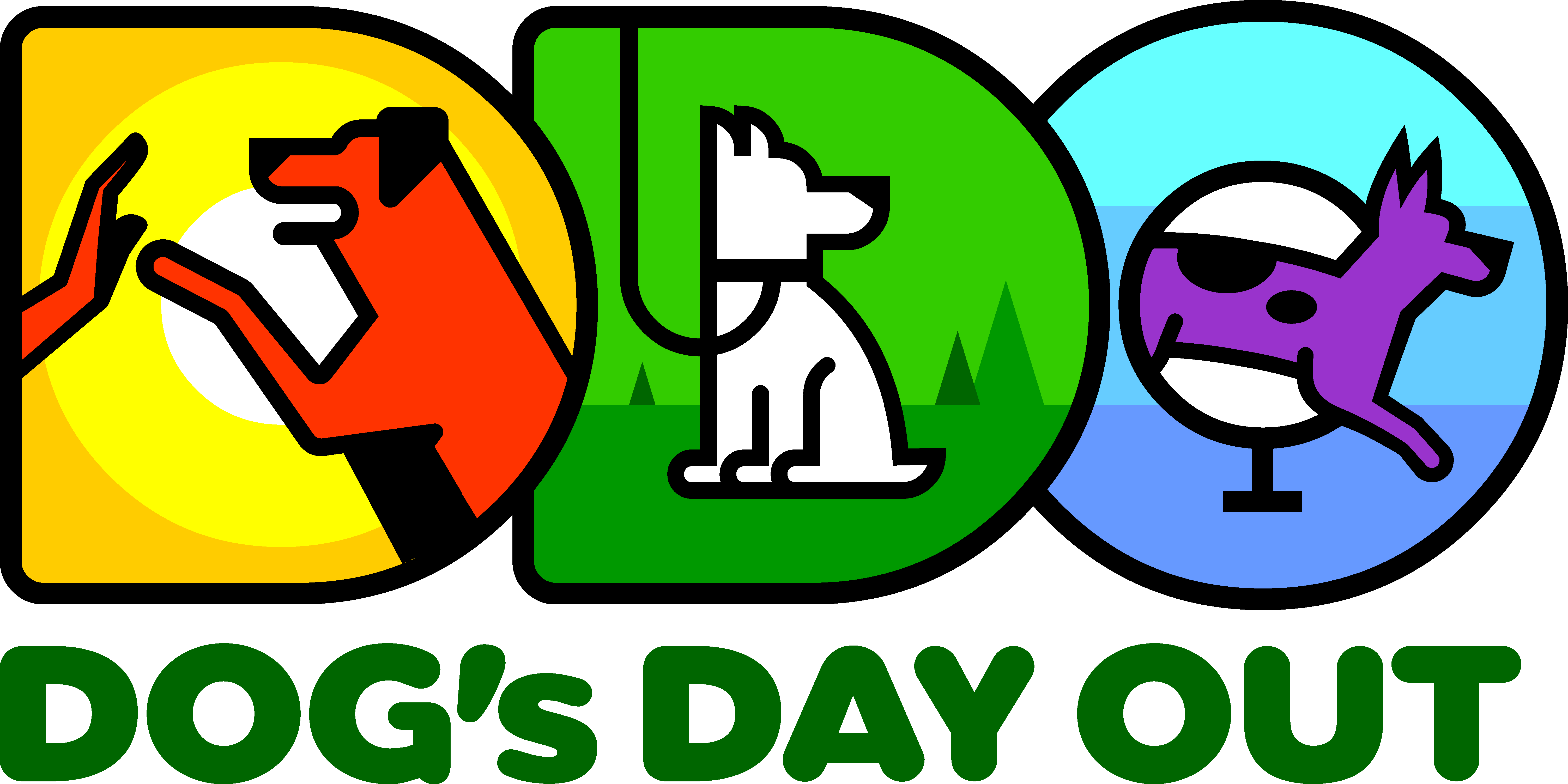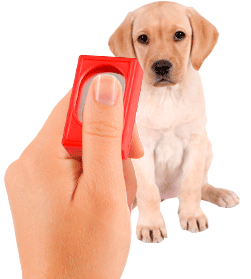First, pick a marker. The marker may be a clicker, a word “yes” or even a pen light that you flash to signal for a deaf dog. The click or verbal “yes” sound is the a marker. These are mix and match! You can use a clicker and/or a verbal marker interchangeably with a dog (as long as you condition both). If one person in the home likes the clicker and the other does not, no problem! Your dog can learn both. The marker is just a way to communicate with the animal that “yes, that right there, what you are doing right this instance where you heard the click/yes, is what I want you to do!” Think of the click like taking a photo; you snap the picture right when your dog is doing what you want him to do. If you are not sure if you want to use a clicker or not, read this: Don’t Fear the Clicker!
We can use a clicker in several ways: We can cue a behavior by setting the dog up to perform the behavior we want. For a new behavior to the dog, we may lure the dog into a certain position or make a “kissy” sound that gets his attention so he looks at us and then click/treat (C/T) when he does the behavior. Another way to use it is to capture a behavior the dog is already offering up without our asking. For example: when my dog looks up at me instead of pulling forward on his leash = click + treat! Or with a reactive dog, when the dog makes the decision to NOT react when a trigger is present. The reactive dog sees another dog and looks up at me (instead of lunging/barking) = click +treat! I didn’t cue (say anything to) him to do anything, he did it on his own and was reinforced for that (desirable) behavior.
Get started using your clicker or verbal marker like this:
- Start with your clicker and a pile of delicious treats cut into very small pieces (pea-size is good for most dogs). These treats should be yummy – bits of chicken, hot dogs, cheese, liver etc., not boring old kibble.
- Practice “charging your marker” by pressing the clicker and giving a treat. If you are using a verbal marker, say “yes” and then give a treat. Some styles of clickers are louder than others so when first using a clicker with a dog, muffle the click sound by placing the clicker under your arm pit and click/treat from there to make sure your dog is not afraid of the sound (see #10). For the rest of this article we will use the click as the marker but feel free to substitute a verbal marker such as “yes.”
- Start by asking or luring your dog to do a behavior he knows or is learning such as sit, look or touch. Click AS your dog is doing the behavior, not after. Then treat. The timing of the click is what matters, not the timing of the treat delivery.
- Try capturing your dog doing the “right” or desired behavior and click/treat. For example: If your puppy runs up to you and jumps up, do NOTHING, do not even say “no” but as soon as his feet hit the floor, click/treat. “Catch” your dog doing the right thing and click/treat.
- Keep sessions short (several 5 minute sessions are better than one long one), upbeat and fun so you keep your dog’s interest in playing the game with you.
- When starting, you may not get the full behavior you are looking for all at once so you may need to click/treat for parts of, or movements towards, the final behavior you are teaching
- If you click you must treat. Even if you messed up and clicked at the wrong time, you still need to treat your dog so you do not lose the power of your dog’s conditioned response to the clicker. It’s not the end of the world; clicker training is a forgiving method. Your dog gets a free treat, oh well. Just take note and change YOUR behavior so you set it up better next time.
- One click and treat. Or, if your dog did something really great, you can “jackpot” your dog with a single click and then giving several treats but not, click-click-click, treat-treat-treat.
- Don’t use the clicker to get your dog’s attention. It may get tempting to start clicking to get your dog to pay attention to you but if you click while your dog is NOT paying attention, you are marking your dog NOT paying attention to you. Instead, whoop and holler, wave your arms, fall on the ground and act crazy to get your dog to notice/pay attention to you and as soon as he looks at you, click and treat.
- Do not use the clicker like a remote and point is right at your dog. This usually ends up with the clicker right in the dog’s ear which can scare him or at the least, be uncomfortable.
And don’t forget to have fun!


